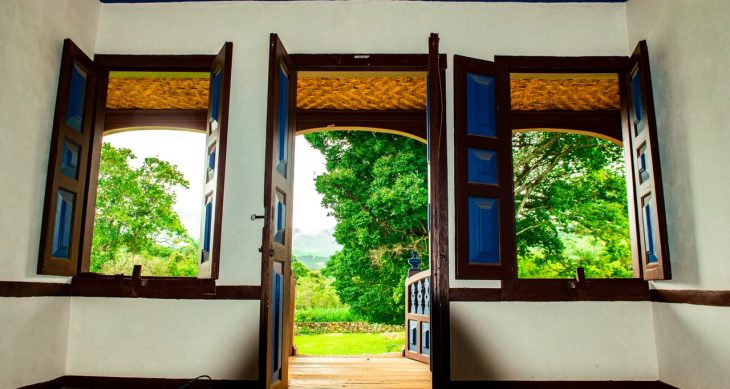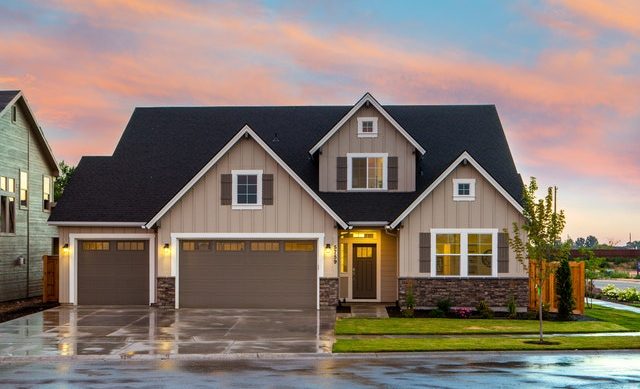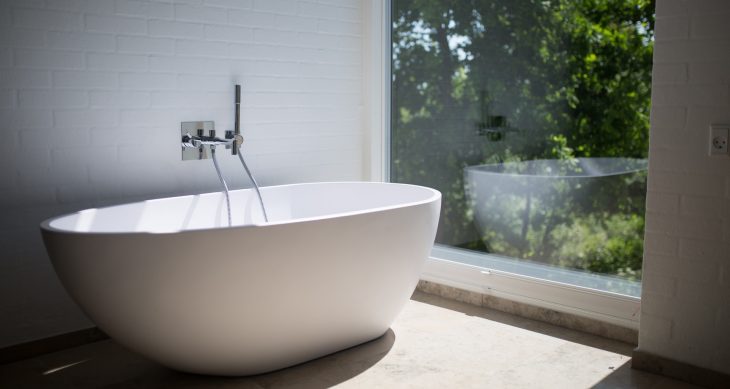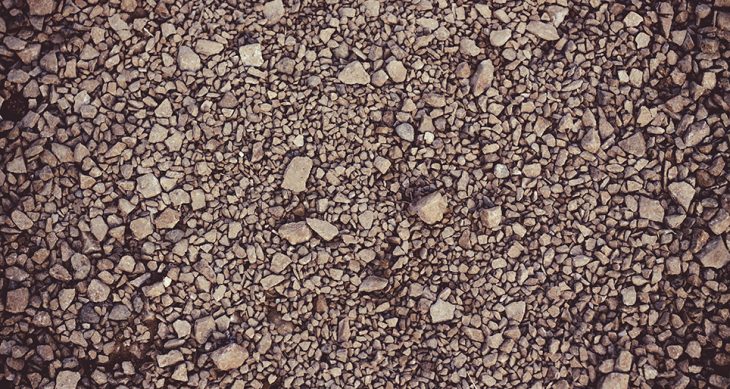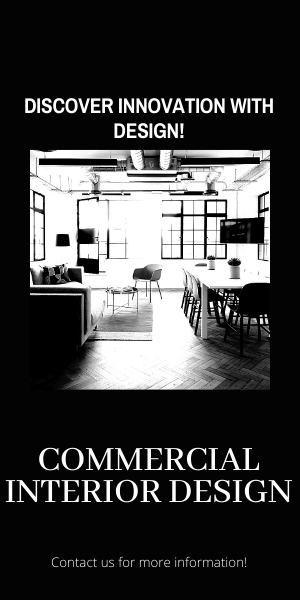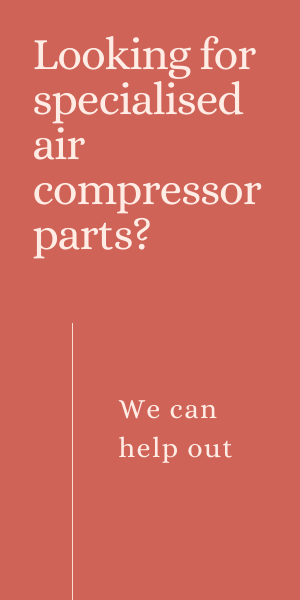
- Posted on
- Comments 1
Architecture Elements Of A Sports Stadium
You are at the Melbourne stadium. You are approaching this spectacular edifice with the adornment of antique beauty. You pass through one of its many gates and the view is breath-taking. “What a sight!” you say with a sigh. You sit on the ground concourse of the stadium and the seat is simple but comfortable, you will enjoy a perfect view of the game. You also notice the first, second and third concourse-levels that have similar facilities as the one you are in, and it makes you wonder if everyone has the same view of the game. It’s almost time for the game, nature calls. You run to the restrooms. On your way back, you take an elevator to the second floor to buy yourself a bottle of water. You are back to your seat in 5 minutes! Who do you thank for this great experience?
The architect who employed utmost precision to the use and aesthetics elements when designing the stadium, of course.
The Use Element
The use element addresses details related to the organization of space.
- Overall size: Space is a scarce resource. The designer has the task of delivering a project that allows tens of thousands of spectators to stay in limited space at the same time. Today’s architects capitalize on vertical rather than horizontal space. Stadiums are thus built with several vertically arranged concourse-levels that can hold large numbers of spectators.
- Space organization and ease of movement: With huge numbers of people in a stadium, especially in the major ones such as the stadium in Docklands Melbourne, the organization of space is key in order to allow movement from concourses to catering services and to restrooms. This could mean an arrangement of staircases every few meters of sitting space, strategic placement of elevators to move people from one level to the other, ample space that allows multiple sale points and avoids crowding or long queues at a single sale-point.
- Security and accessibility to the game: Video monitors and CCTV cameras are indispensable resources in a stadium. Since they are placed on walls, roofing or even on the architectural trusses of any building, they do not consume space. The previous will allow the spectator to watch the game while queuing for a sandwich. The latter gives a sense of security.
The Aesthetics Element
This defines the overall experience that players and spectators have at a sports event. Two elements are key:
- The ‘face’ image: The first impression that a stadium makes, both from the outside and the inside, greatly defines the overall experience of players and spectators. In fact, the best-rated sports stadia in the world have extraordinary aesthetic impressions. Consider, for example, the London Aquatics Centre that gives both competitors and spectators the feeling of being engulfed in the waves of the sea. The Soccer City in Johannesburg, South Africa, gave the 2010 FIFA World Cup players and fans the impression of living in the starlit African sky.
- The ‘close to the game’ effect: Architectural expertise and creativity that gives spectators the feeling that they are close to the game, irrespective of their position in the stadium. This leaves an impressive mental image on anyone looking at the stadium.
By the time a player or spectator exists a sports stadium, their experience has served to rate the architect, whether he is an expert, or not, in designing the stadium for use and positive aesthetic impression.
We almost always forget the importance of welded wire mesh in the construction of a stadium. Thanks to the strength it provides to the stadium, architects are able to incorporate intricate designs into the building.
Sports stadiums are some of the most fascinating and interesting places to watch, but obviously, it is also exciting to be inside while there is a team match going on. Have you ever looked at a stadium and wondered how they have been able to build such majesty, how they have made it look so good? Well, it is obvious that good engineers and architects had to participate in the planning and subsequent construction procedure, but something that is also definitely key is the materials used in the construction.
Welded wire mesh in stadium constructions
While blocks, cement, and paints are materials that have probably been used for many sports stadiums (and rightly so, because they are necessary), there are other materials that may go a little unnoticed but are equally important. One of these is the welded metallic wire mesh, a totally interesting and key material.
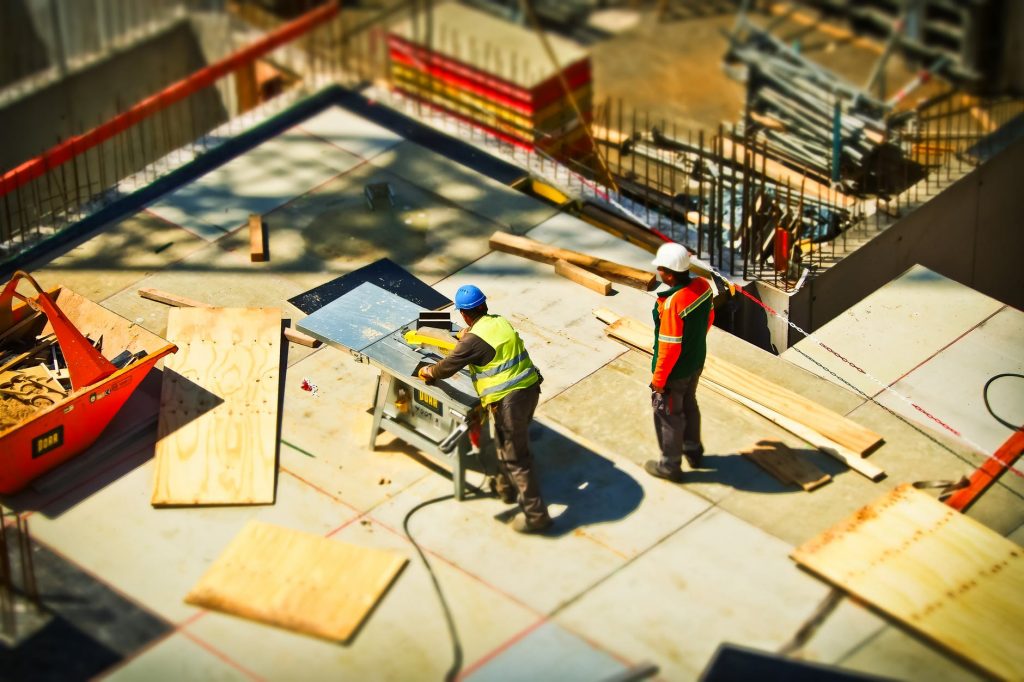
What is it?
A welded wire mesh is, as its name implies, a metal mesh, which has multiple functions. One of its uses is in mining and construction, where it is used as a reinforcing mesh over walls or around columns and buildings. Its main function is as additional support for the entire structure. However, it is placed in the points that need more support. It is beneficial to use welded wire mesh as support in constructions since less steel is required to support the works.
This translates into savings of economic, material, time and labor resources. Currently, welded wire mesh in drawn steel has become an essential complement for the reinforcement of reinforced concrete in different constructions, to ensure a long duration and stable permanence.
That is why this mesh is used in the construction of sports stadiums, because thanks to its greater resistance, it allows the use of a smaller amount of steel. Galvanised steel mesh panels are used as reinforcements or a passive type of support material because, since it is made of steel, it allows them to be interlaced in such a way as to distribute the weight by means of a distribution of the reinforcements in the structural element. Therefore, it is a material that stands out for its high safety.
However, this is not the only use given to these metal meshes in the construction of sports stadiums. Due to their unique characteristics, spatial metal meshes are particularly suitable for covering large spaces without intermediate columns. This is why they have been widely used as important structures on the roofs of enclosed sports grounds.
Roofs for grandstands of sports stadiums, although they present very different characteristics from those used on closed venues, due to their special support conditions they usually impose structural designs subject to significant stresses.
This has led to thinking about the use of spatial structures for this purpose, and since the wire mesh works perfectly for that, it is used in these constructions.
Another use given to these metal meshes, although perhaps more unnoticed, is the replacement of some walls — or, to put it another way, it is used to separate sections. Although it is sometimes used in this way to separate sections within the stadium itself, other times the “walls” of the stadium are half cement and block and half of these metal meshes because they are resistant and more accessible in terms of money. These cement beams will probably not be as beautiful as solid timber beams, but the strength that they provide will make up for it.
